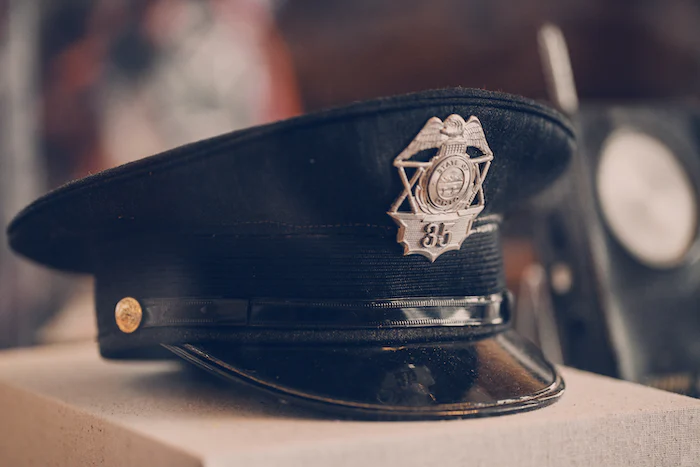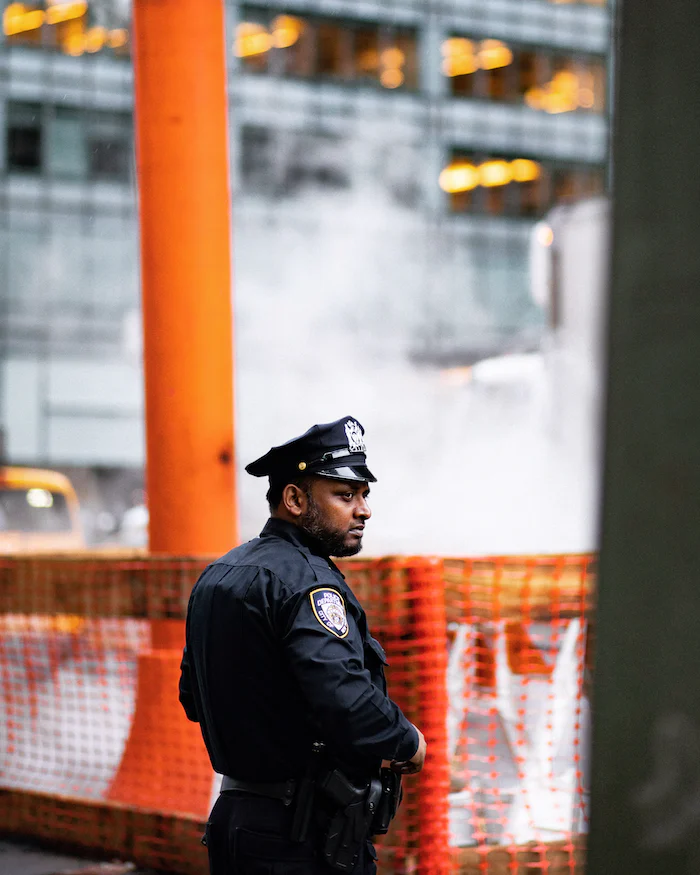Police, Press and Public Relations
Published on Nov. 17, 2022, at 2:00 p.m.
by Kelsey Nayman.

In recent years, trust between law enforcement officers and the community in which they serve has been strained due to incidents involving officers who were caught engaging in misconduct when interacting with members of their communities.
Public relations is a crucial sector of any organization, especially law enforcement. A department’s reputation can be quickly ruined by poor PR practices. Trust between the department and the community in which it serves plays a vital role in achieving its mission.
What is a PIO?
According to the U.S. Department of Energy, “The PIO [public information officer] is the individual responsible for communicating with the public, media, and/or coordinating with other agencies, as necessary, with incident related information requirements.” PIOs are much more than a communication specialist; they are the face of the agency creating trust and support. PIOs are often tasked with managing online communication channels, creating public safety announcements and ensuring that communication is at the forefront of their agency.
Importance of the PIO
PIOs must relay information that is accurate and abides by policy and law. Typically, PIOs write press releases, prepare information to be distributed to the media, draft speeches, arrange interviews for government officials and respond to requests for information from media outlets. The role of a PIO is generally executed by one person.
Brent Patterson, PIO at Madison County Sheriff’s Office in Huntsville, Alabama, explained the important skills and qualities a PIO must maintain.
“A PIO must possess a strong understanding of the media, including social media. [They must

be] very organized [and have a] detail-oriented work ethic, [along with] great public speaking and interpersonal skills. [They] must have people skills and be able to communicate effectively on television,” said Patterson.
Media relations
Interpersonal communication is essential in public relations so that information can flow between the agency and the public. Meeting in person, distributing press releases, communicating through emails and sharing information on social media platforms are some of the best ways to communicate effectively with the media.
“I’ve found that the best way to strengthen your relationship with the media and ensure that all of your messages are received with the proper context is to pick up the phone or schedule a time to meet [in-person],” Patterson noted. “It’s infinitely more personal than a DM, leaves nothing to be assumed and helps maintain your ability to shape the story.”
When asked what differentiates a press release from a press conference, Patterson mentioned that a press release is the “best way to send accurate and precise information along with announcements to various media outlets” detailing what will be discussed during the press conference — a simple, interactive approach to emphasize significant information connected with an organization given to the press by a prominent person such as a PIO.
“I only have one important rule here: Keep it brief,” Patterson noted. “Say what you need to say and then stop. If I have more than one speaker, I brief each one to make three-to-five points, over no more than about three-to-five minutes. The whole press conference should last no more than 45 minutes, including questions. Not every PIO may go by this rule, [but] this is something I was taught years ago when I was appointed the PIO position.”
PR practitioners are constantly on high alert for any crisis situation regarding the organizations they represent. This vigilance is especially critical in an ever-changing environment such as law enforcement.
“As a [PIO], I gather, verify, coordinate, and disseminate accessible and timely information for the citizens and other media outlets. I always make sure my media contact list of journalists is up to date,” said Patterson. “Being able to prepare my command staff for their roles and to answer media questions during the news conference [is important]. Our citizens expect crisis situations to be realistic, objective and non-promotional so that the events are reported in a precise and accurate manner.”
Reassurance and relationships
Stephanie Taylor, communication specialist at Tuscaloosa Police Department in Tuscaloosa, Alabama, explained how reassuring communities and maintaining positive relationships with the media can help aid trust within the agency.
Within her role at TPD, Taylor is the first to bring reassurance to a community in crisis situations. Taylor mentioned that it is best to recognize what happened up front, say as much as possible, then reassure the public that the incident is being investigated and when the public can expect more information.

Transparency, honesty and forthcomingness are just some of the ways in which PIOs reassure their communities. All are critical to ensuring positive police-community relationships. According to the Community Relations Services Toolkit, “When a critical incident occurs, agencies should try to release as much information about it as possible, as soon as possible, so the community will not feel that information is being purposefully withheld from them.”
“As a public agency, especially a public safety one that needs the public’s trust to function well, we can’t be secretive or try to whitewash everything negative,” said Taylor. “The public is entitled to that kind of information, more so than a private entity. Anything less than a straightforward and honest response to a negative event would just damage our credibility in the long run.”
In order to maintain a positive relationship with the news media, PIOs should notify the media and public of early information. It is essential to uphold a consistent and professional relationship with news media reporters. Mutual respect goes both ways.
Both Patterson and Taylor agree that social media such as Neighbors and Everbridge efficiently spread important information in a timely manner. Although this method of communication is less formal than a press release, the internet has far greater reach.
“Social media is one of many tools law enforcement can use to connect with the community. Our social media platforms enable our agency to share news, make information and services more widely available, and increase government transparency,” explained Patterson.
PR takeaways
According to Police Chief Magazine, “The mishandling of a public relations (PR) crisis puts an agency’s personnel and reputation in the spotlight for the wrong reasons. … In an era where transparency is increasingly becoming the rule, rather than the exception, consider the potential outcomes to being on the receiving end of a PR nightmare.”
These characteristics and best practices used by PIOs will continue to transform ways in which law enforcement agencies communicate and reassure their communities.
Effective leadership in public relations allows a public information officer to engage with their community as a leader while also encouraging the sense of belonging that leads to good police performance.




